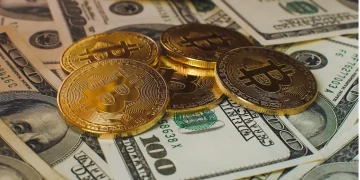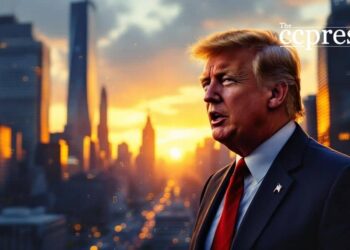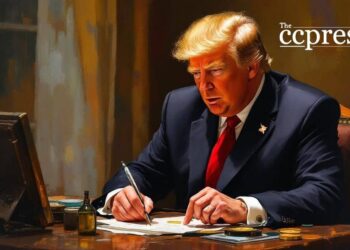- Main event, leadership changes, market impact, financial shifts, or expert insights.
- Global trade tensions affect market stability.
- Bitcoin falls 30% from January’s peak.

April 7, 2025: Bitcoin’s value dipped below $75,000 amid escalating trade tensions between the U.S. and China, heightened by new international tariffs.
The drop highlights Bitcoin’s dependence on global economic factors and affects crypto market volatility as fear rises among investors.
Escalating trade tensions between the United States and China played a central role in Bitcoin’s decline. President Donald Trump announced a 104% tariff on Chinese imports, sparking fears of financial instability. This move, alongside a global economic slowdown, diminished investor confidence.
Market Impact
Bitcoin’s value plummeted 12% to $74,637, a significant drop from recent highs. The Asian and U.S. stock markets also saw declines, amplifying fears of an impending global recession. Liquidations in the crypto market totaled $400 million, largely from long positions.
Petr Kozyakov, CEO of Mercuryo, commented on the current market sentiments, stating, “Cryptocurrency markets have entered extreme fear mode. Trump’s tariff regime has created the real and pressing danger of a global recession.”
Bitcoin ETFs have seen outflows, showcasing diminished institutional interest. The shift in demand underscores broader macroeconomic uncertainties, including pressures in futures markets. Stablecoin liquidity is tightening, indicating increased investor caution.
Historical Context
Bitcoin’s current trajectory draws parallels with past market corrections during economic crises. Analysts predict stabilization may occur if macroeconomic conditions improve. Historically, Bitcoin’s recovery is often observed following macroeconomic shifts.
The ongoing market situation serves as a reminder of Bitcoin’s vulnerability to external economic factors. The potential for market stabilization hinges on improvements in trade policies and central bank decisions, including those by the Federal Reserve, which may influence interest rates.


























